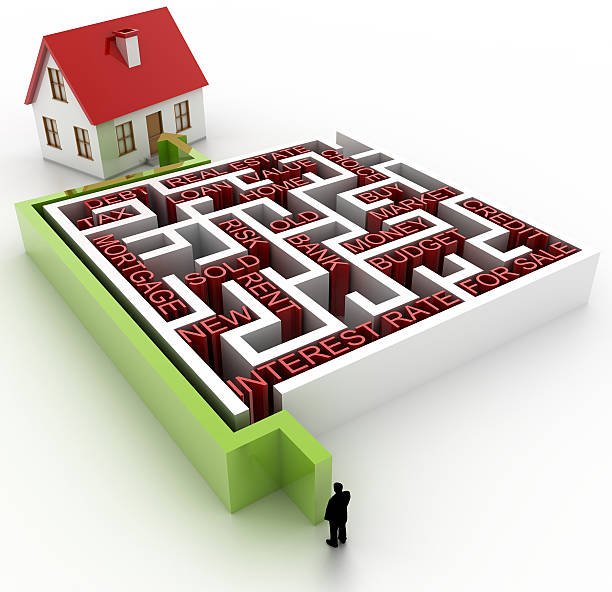Introduction
Owning a home is a significant investment, and protecting that investment is crucial. Homeowners insurance serves as a financial safety net, providing coverage for various risks that could impact your home and its contents. In this comprehensive guide, we will delve into the intricacies of homeowners insurance, exploring its key components, factors influencing coverage, and tips for choosing the right policy to safeguard your home.
Understanding Homeowners Insurance
Homeowners insurance is a type of property insurance that provides financial protection against damage or loss to a home and its contents. It typically consists of several types of coverage, each addressing different aspects of potential risks:
- Dwelling Coverage: This is the core of homeowners insurance, covering the structure of your home and its built-in appliances, such as the HVAC system.
- Personal Property Coverage: Protects your belongings inside the home, including furniture, electronics, clothing, and other personal items, against covered perils.
- Liability Coverage: Offers protection in case someone is injured on your property, and you are found legally responsible. It can also cover damage caused by your pets.
- Additional Living Expenses (ALE) or Loss of Use: Covers the cost of living elsewhere if your home becomes uninhabitable due to a covered peril.
- Other Structures Coverage: Protects structures on your property that are not attached to the main dwelling, such as a detached garage, shed, or fence.
Factors Influencing Homeowners Insurance Coverage
Several factors influence the cost and coverage of homeowners insurance. Understanding these factors can help you tailor your policy to suit your needs and budget:
- Location: The geographical location of your home plays a significant role. Areas prone to natural disasters, such as hurricanes, earthquakes, or floods, may have higher premiums.
- Dwelling Characteristics: The size, age, and construction materials of your home impact insurance costs. Older homes or those built with higher-risk materials may have higher premiums.
- Home Security Features: Installing security systems, smoke detectors, and other safety features can lead to discounts on your insurance premium.
- Credit Score: In some regions, your credit score may be used to determine your insurance premium. Maintaining a good credit score can result in lower rates.
- Claims History: A history of frequent claims may lead to higher premiums. Consider the potential cost of smaller repairs before filing a claim.
Tips for Choosing the Right Homeowners Insurance
- Assess Your Coverage Needs: Conduct a thorough assessment of your property and possessions to determine the appropriate level of coverage needed. Consider potential risks in your area and any unique features of your home.
- Shop Around for Quotes: Obtain quotes from multiple insurance providers to compare coverage options and pricing. Online comparison tools and working with an independent insurance agent can simplify this process.
- Bundle Policies: Consider bundling your homeowners insurance with other policies, such as auto insurance, to potentially receive discounts from the same provider.
- Review Policy Limits: Ensure that the coverage limits for your dwelling, personal property, and liability align with your needs. Adjust these limits as necessary, keeping in mind changes in property value and inflation.
- Understand Deductibles: A deductible is the amount you are responsible for before your insurance kicks in. Choose a deductible that aligns with your financial comfort level and consider the impact on your premium.
Conclusion
Homeowners insurance is a vital component of responsible homeownership, providing financial protection against a range of potential risks. Understanding the key components of homeowners insurance, the factors influencing coverage and costs, and tips for choosing the right policy empowers homeowners to make informed decisions about protecting their homes and belongings. By taking a proactive approach to assess needs, shop around for quotes, and tailor coverage to specific circumstances, homeowners can enjoy the peace of mind that comes with a well-structured and comprehensive insurance policy.



